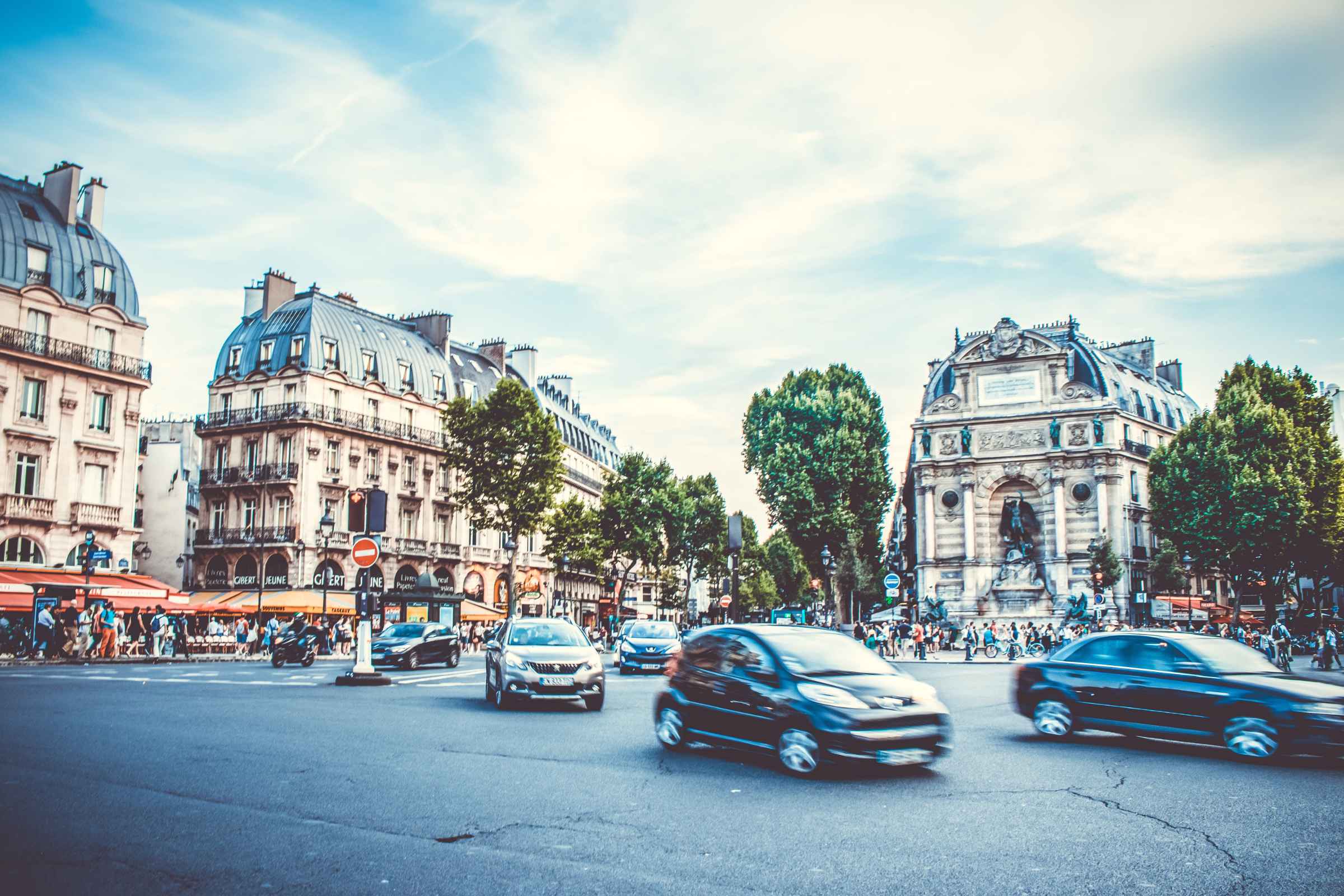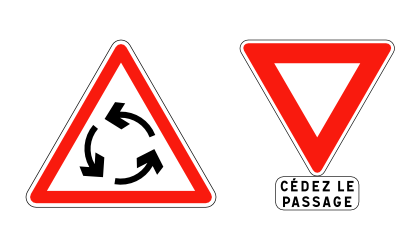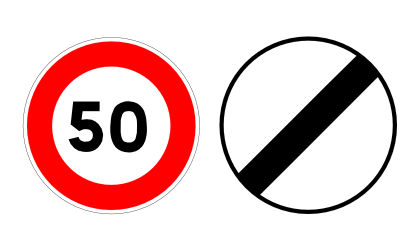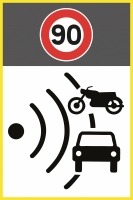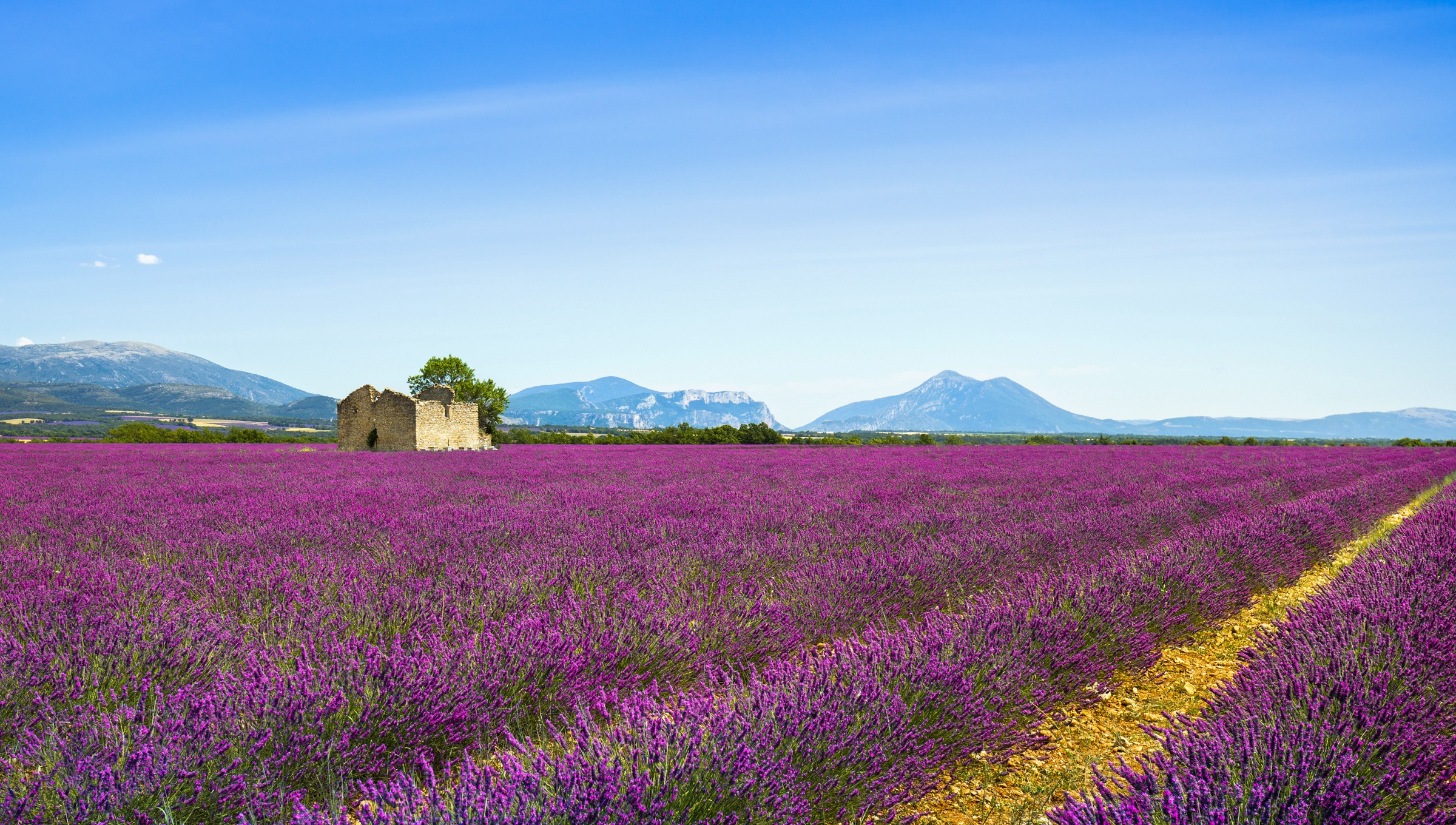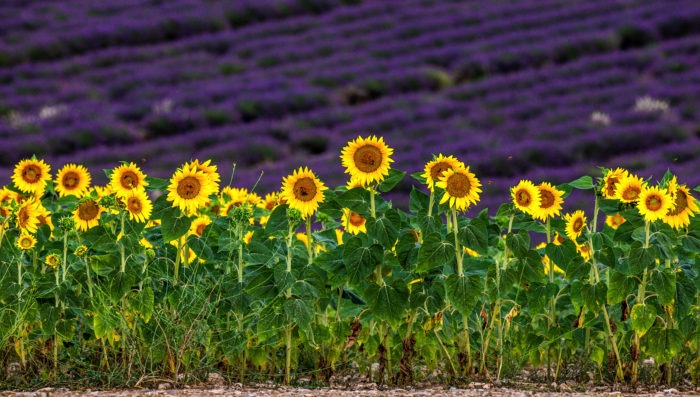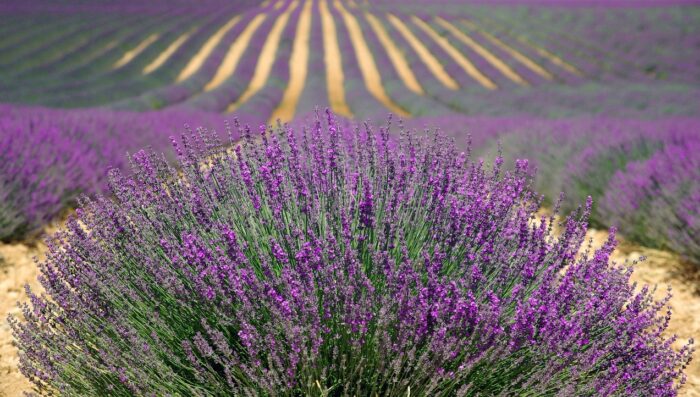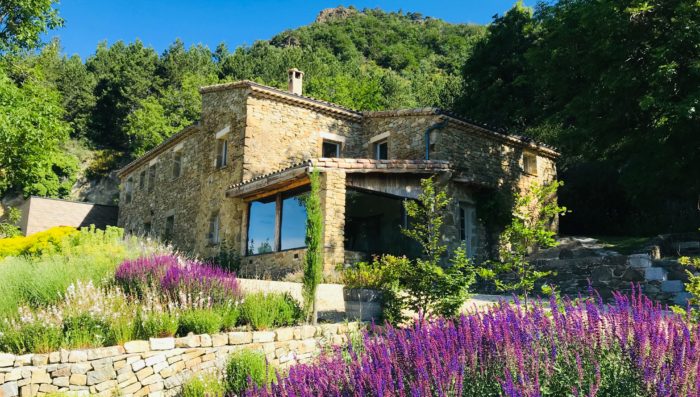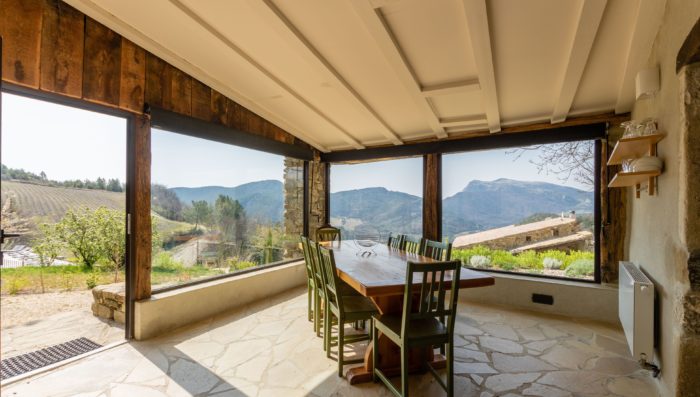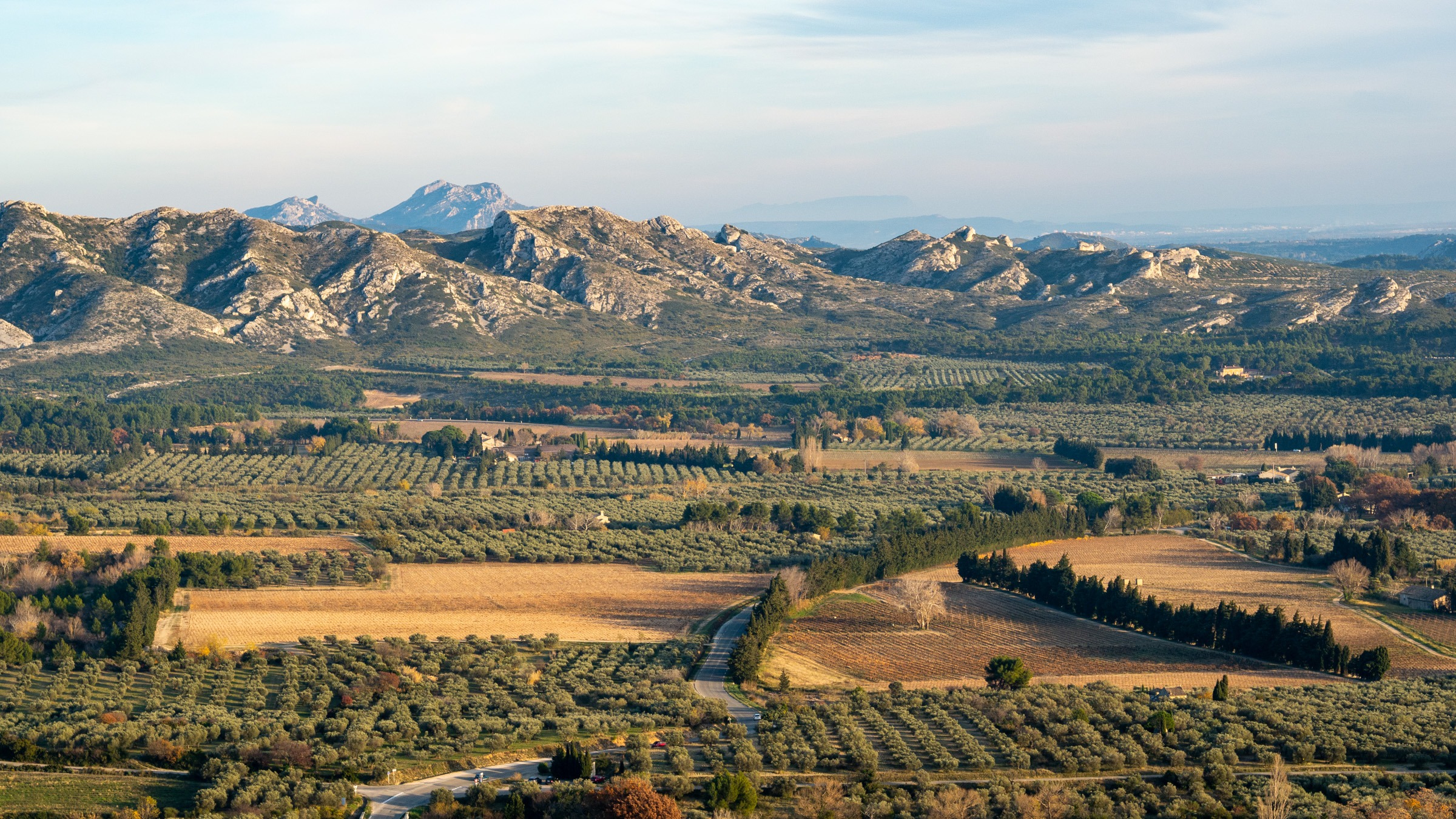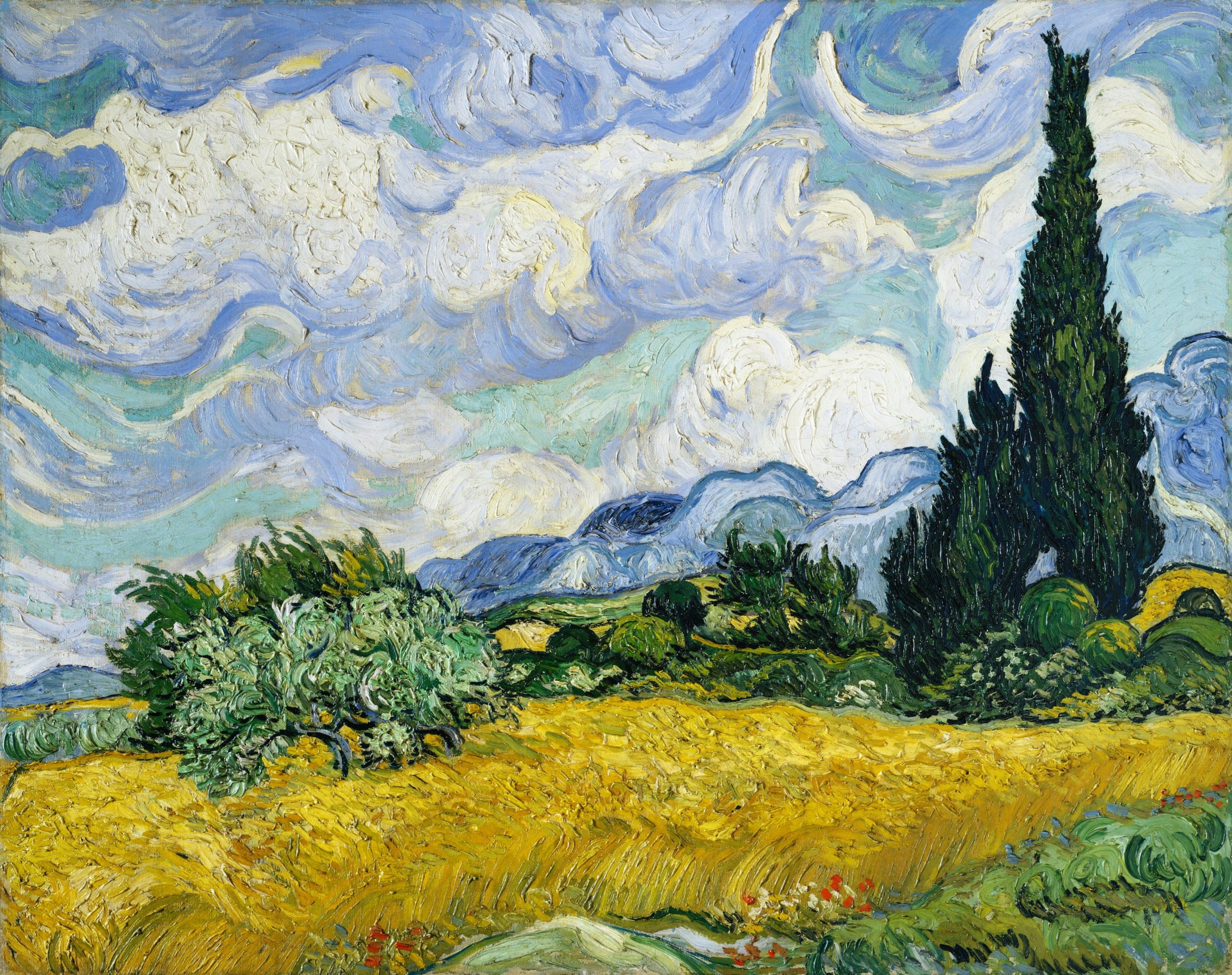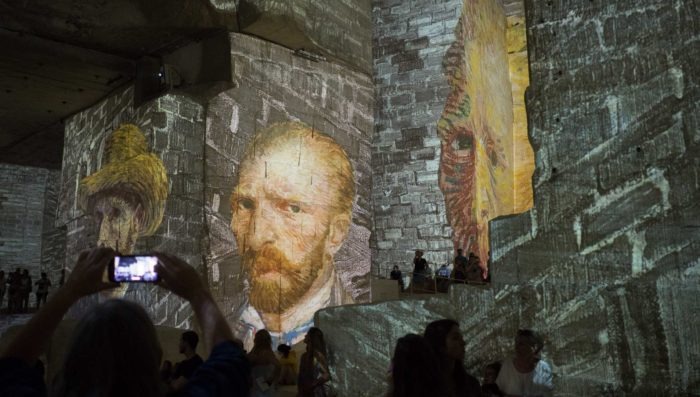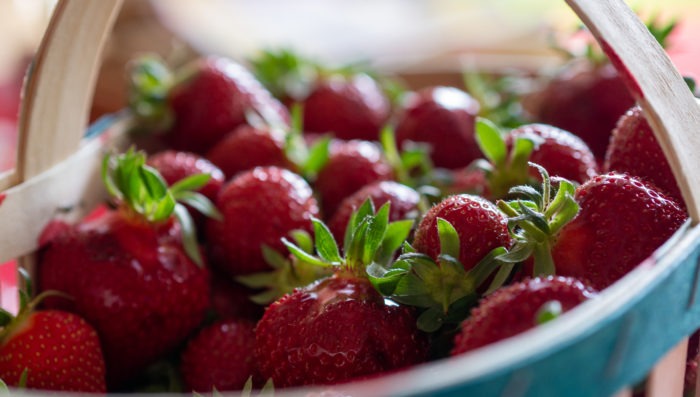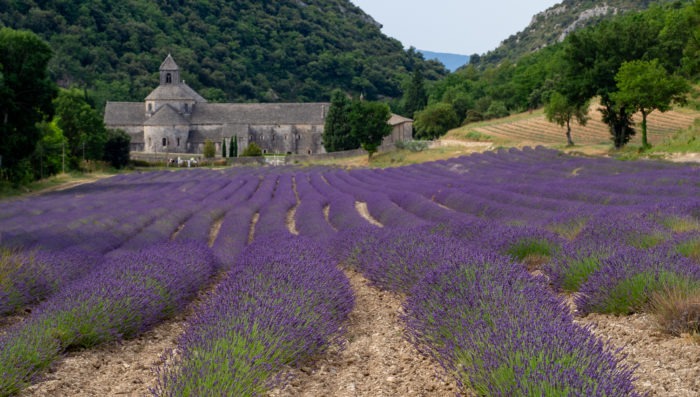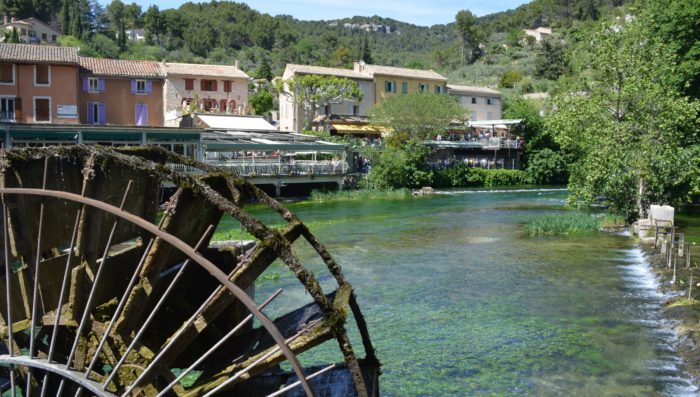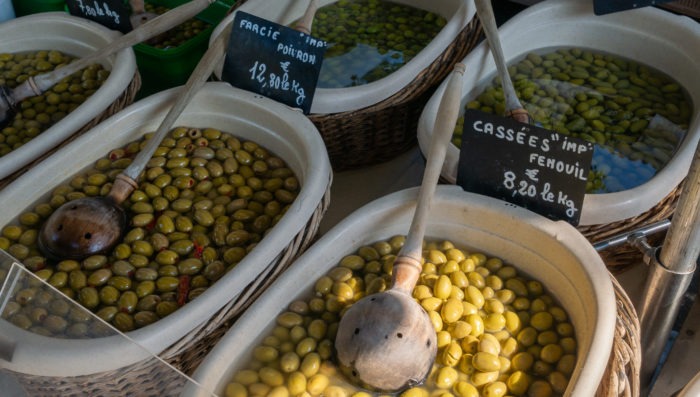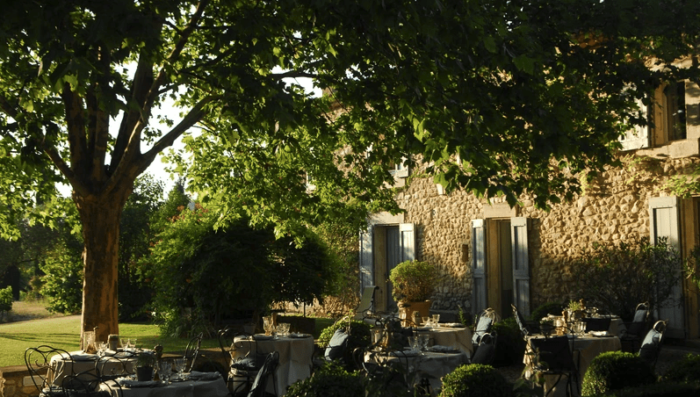Heading to Paris for the first time? It’s a big city that begs to be explored. Since there’s no way to fit everything into one visit, here is French Side Travel’s Top 10 list of highlights. Start you trip with these can’t-miss favorites.
The Louvre Museum

The Louvre is the world’s most visited museum. Originally a medieval fortress it has lived many lives. It’s been a museum since 1793. It famously houses Leonardo DaVinci’s Mona Lisa and the ancient Winged Victory of Samothrace and Venus de Milo statues. It’s worth lingering here. The massive collection includes Egyptian, Greek, Roman, and Near Eastern antiquities through 19th-century paintings. Avoid the crowds and wander in the lesser-frequented, but no-less-spectacular collections. Even the architecture is a draw. The medieval ramparts, Pavillon de l’Horloge, and the iconic Louvre Pyramid entrance impress.
If you love museums, you will love Paris. There are dozens of excellent museums to explore, but the Louvre is undoubtably la crème de la crème.
Head up the Eiffel Tower

When the Eiffel Tower was built for the 1889 World’s Fair it became the tallest building in the world. It remained so until New York City’s Chrysler Building surpassed it in 1930. Today it’s France’s most famous building. When it was built, however, it was controversial, even offensive to 19th-century sensibilities. Some critics questioned whether it was even technically possible. The soaring wrought iron lattice tower was radically different from anything that came before it.
You can take the elevator or walk up to the second level (380ft or 116m). The top floor at 905ft or 276m is accessible only by elevator. If you wish to stay a while, splurge on the Michelin-starred The Jules Verne on the second level or enjoy a glass of bubbly on the top level’s Champagne Bar.
Watch the Eiffel Tower twinkle
The one place you don’t see the Eiffel Tower in Paris is from the Eiffel Tower. For 5 minutes once per hour every hour from sunset until 1am, the Tower is lit up by more than 20,000 flashing bulbs. Enjoy the show from anywhere with a nice view. The Trocadéro is a favorite. From a boat on the water is even better.
Cruise down the Seine

A river cruise on the Seine is a classic way to visit Paris. Pass under the many ornate bridges, and float by Paris’s most famous sites – the Eiffel Tower, the Musée du Louvre, the Musée d’Orsay, the Conciergerie, and Notre-Dame. We recommended a cruise at night. It’s pure magic after dark when the monuments are illuminated. You can even join a cruise with fine dining options.
Go for a walk in the park
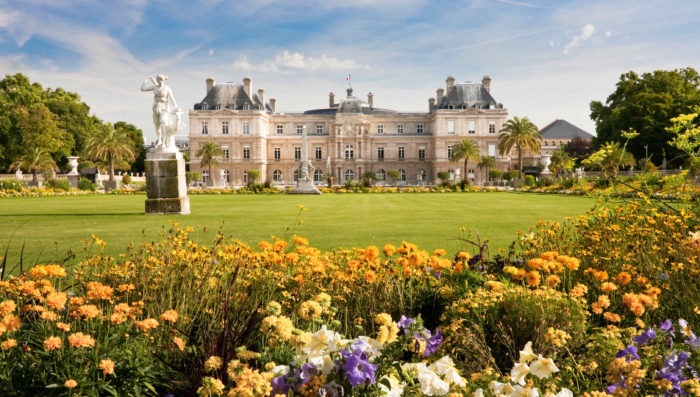
The Tuileries and the Jardin du Luxembourg are two of the great green spaces in Paris. Either is perfect for a peaceful break after a long morning trekking through museums. Have some time? Try visiting both to compare the formal gardens, the palatial architecture, and statuary. Both are accessible for free.
Try a real croissant and pain au chocolat
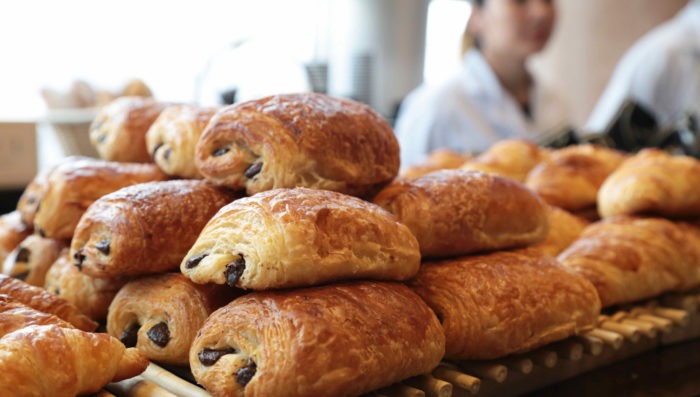
Breakfast in Paris is one of life’s simple pleasures. Pop into a café with a nice terrace. Eat breakfast like the French – a simple croissant or pain au chocolat with your coffee. Take your time to enjoy it. Early on a weekend morning is a particularly tranquil time to watch the world pass.
La Sainte-Chapelle
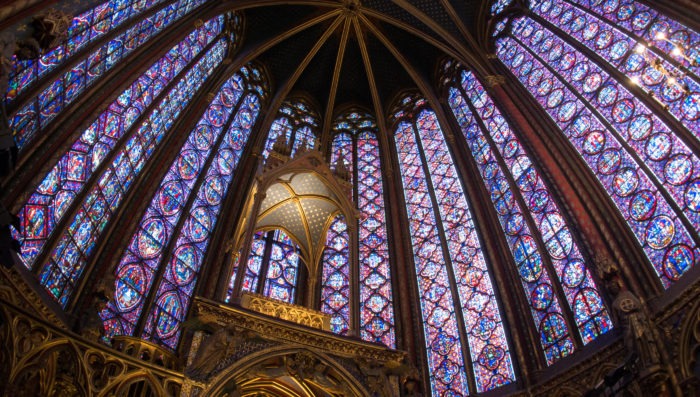
Notre-Dame de Paris is closed for restoration following a fire in April 2019, but its little sister, La Sainte-Chapelle, remains open. It’s located just a couple minutes walk away on the Île de la Cité. It was once the royal chapel, reserved exclusively for the royal court and their guests. One step inside and you will know why they kept it to themselves. It’s a breathtaking site. The walls appear to be made almost entirely of intricate stained glass, a majority of which is original and dates to the 13th-century. It has survived floods, fires, the French Revolution, and wars.
Visit Montmartre

Montmartre is like a small village in Paris with gardens, cobblestone streets, and an association with great 19th and 20th-century artists. These include Picasso, Degas, Renoir, and Toulouse-Lautrec, to name but a few. It even has its own tiny urban vineyard, the Clos Montmartre. This is a neighborhood to linger in and enjoy. Its Moulin Rouge cabaret is a perennial draw. Montmartre’s star attraction is, however, the Sacré-Coeur Basilica. It’s a masterpiece. It offers an impressive panorama from its perch at the highest point in the city.
Visit the Palace of Versailles

Versailles is just outside of Paris. It became the royal residence and the seat of the French government in 1682. It remained so for more than a century until the French Revolution drove out Louis XVI and Marie-Antoinette’s monarchy. Despite its reputation for opulence, nothing really prepares you for the monumental size. 2,300 rooms over 679,748ft2 (63,154m2) is incomprehensibly large. It’s opulent and refined, yet ostentatious. The grounds contain lush manicured gardens, statues, and fountains spread over 1,945 acres (787 hectares).
Want to be treated like a royal? Sleep at Versailles
Following the opening of the Airelles Château de Versailles – Le Grand Contrôle in 2021 it is now possible to stay at Versailles yourself. The 5-star property is spectacular. Its complete with a spa, a restaurant from the celebrated Chef Alain Ducasse, unlimited access to the L’Orangerie, and exclusive before and after-hours tours. The hotel itself occupies a 17th-century palace building with views on the Château, the Orangerie, and the Pièce d’eau des Suisses.

Take a guided tour!
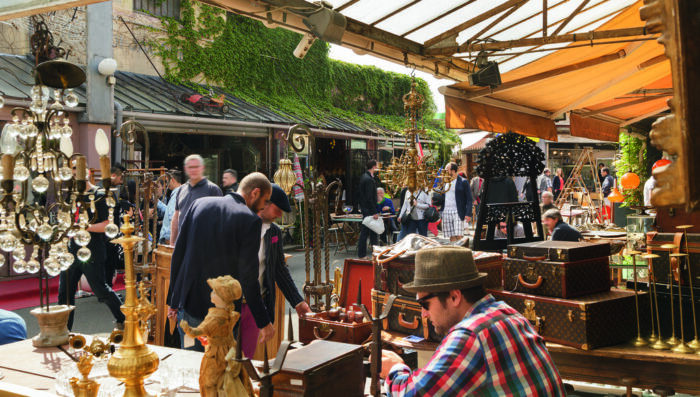
Flea Market © Paris Tourist Office – Photographer: Marc Bertrand
Seeing a place through the eyes of a local makes it all that much better. Hear the stories of the people who have lived there and better appreciate those little details. Need a tour idea? Our travel designers can help. Whatever your interest there’s almost certainly a tour to match. Some favorites include looking for the perfect antique or vintage wears at the Saint-Ouen flea market, gourmet walking tours of Saint-Germain des Prés, and exploring what makes the lively Latin Quarter tick.
Eat well and learn to cook

France is famous for its food. Don’t miss out on the opportunity to learn a few tricks for yourself. Do the tasting menu at a Michelin-star restaurant or go on a guided market tour. If you like getting your hands dirty, there are cooking classes too. Learn to bake like the French do or to make your own macarons! It is sure to impress your dinner guests back home.
A few days in Paris and you’ll never want to leave. There is so much more to do. Get started with these suggestions. We bet you’ll love so much that you’ll be back next year too to explore even more deeply. A trip to Paris combines wonderfully with detours to Champagne, Normandy, and the Loire Valley.
France is famous for its food. Don’t miss out on the opportunity to learn a few tricks for yourself. Do the tasting menu at a Michelin-star restaurant or go on a guided market tour. If you like getting your hands dirty, there are cooking classes too. Learn to bake like the French do or to make your own macarons! It is sure to impress your dinner guests back home.
Need some help planning your trip?

